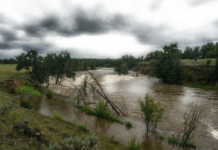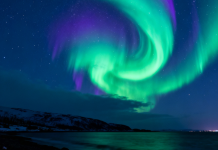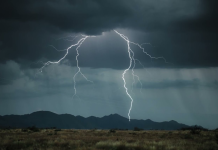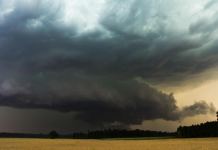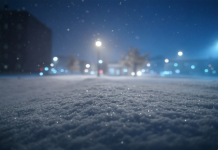Montana experienced a notably warm and dry summer in 2024, which could transition into a colder and potentially snowier winter.
Here’s a synthesis based on the data:
Montana’s summer was recorded among the top 30 warmest and driest in over a century, leading to significant drought conditions in parts of the state. This drought was severe enough to contribute to large wildfires and has led to federal drought disaster declarations for numerous counties.
Forecasters, including those cited in various news outlets like 560 KMON for instance, indicated the possibility of transitioning from this dry and warm summer to a winter influenced by a moderate La Niña. Historically, La Niña conditions can bring colder temperatures and increased precipitation to Montana, which often translates to more snow, especially in the heart of winter.
While the immediate forecasts post-summer showed continuing warm and dry conditions, the outlook for the onset of winter suggested a shift towards colder weather with potential for above-average precipitation, aligning with typical La Niña effects in Montana.
This anticipated shift could mean relief for drought-stricken areas through snowpack that replenishes water supplies. However, it also poses challenges like increased snow removal needs, potential for severe winter storms, and impacts on agriculture, wildlife, and energy demands.
Given this information, while there’s an expectation based on meteorological patterns for a colder, snowier winter, weather predictions can be variable, and actual outcomes might differ.
Forecaster sentiment indicates that our dry summer could be returning to a more traditional Montana winter, and worry over the implications of such a drastic climatic shift post an unusually dry summer.
Note:
Montana can experience extreme cold snaps where temperatures drop significantly below zero Fahrenheit, especially in the northern and eastern parts of the state.
Snowfall is common across Montana, with mountain areas receiving much more than the plains. Accumulation can vary from a few inches to several feet during major storms.
Wind chill can make the temperatures feel much colder, often dropping the effective temperature by 10 to 20 degrees Fahrenheit or more. You can stay up-to-date on our Montana Weather by visiting the National Weather Service.

